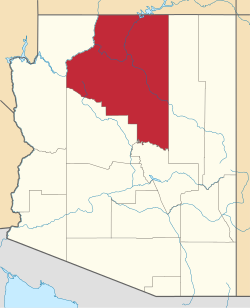Rare Metals, Arizona | |
|---|---|
| Coordinates: 36°08′58″N111°08′11″W / 36.14944°N 111.13639°W | |
| Country | United States |
| State | Arizona |
| County | Coconino |
| Elevation | 5,174 ft (1,577 m) |
| Time zone | UTC-7 (Mountain (MST)) |
| • Summer (DST) | UTC-7 (MST) |
| Area code | 928 |
| FIPS code | 04-58990 |
| GNIS feature ID | 9960 [1] |
Rare Metals is a populated place in Coconino County, Arizona, United States. [1]


